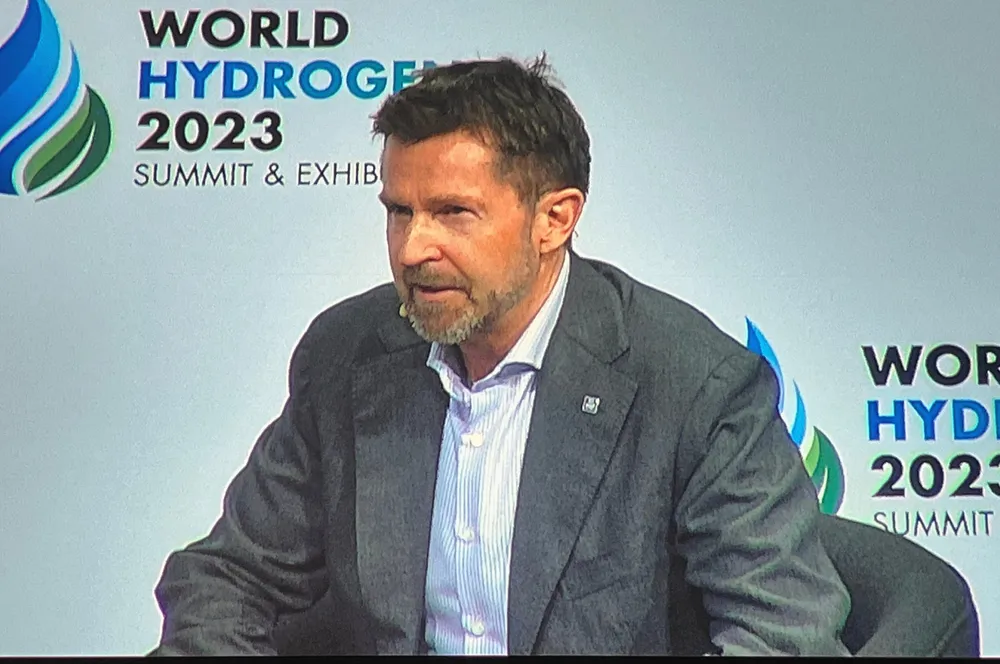Won’t pay a penny more | Farmers reluctant to spend extra on green hydrogen-based fertiliser, says Yara
Massive market for renewable hydrogen to replace grey in the production of ammonia-based fertilisers is not yet taking off, Norwegian ammonia producer says
